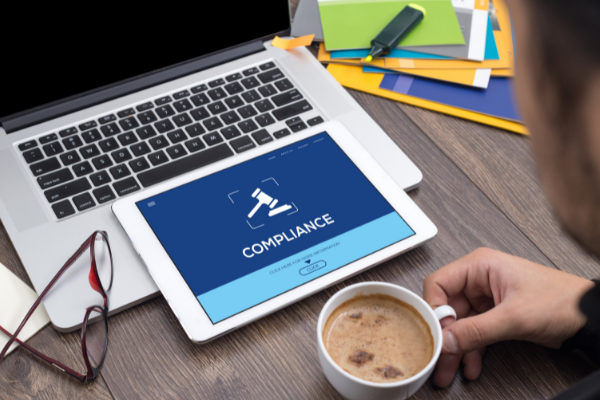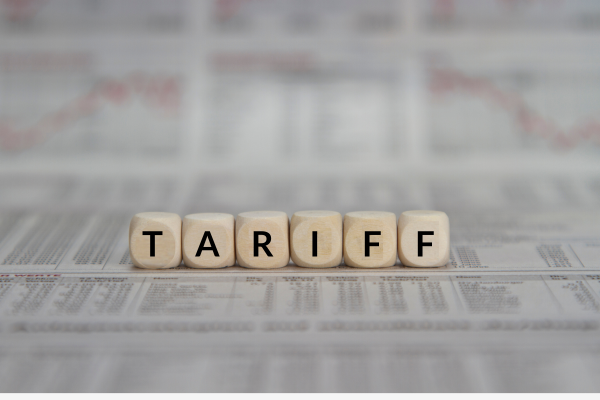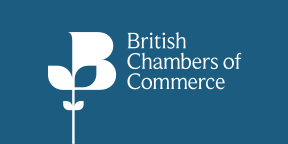BY:
SHARE:

Applying for a Standard Individual Export Licence (SIEL) can be daunting, particularly if the applicant is unused to terminology or unsure why the application questions are phrased the way they are.
Most commonly, the applicant is considering using a SIEL to support an export where licence conditions prevent the use of an open licence. Some businesses prefer to apply for a SIEL to support their exports in general, preferring the security of knowing that they are compliant with the exact application they have made, and having the security of that individual government approval to export.
A business may be unclear whether their export is compliant with UK law and wants to make sure. Regulations supporting sanctions against Russia were updated in steps, making it harder to interpret whether a licence was needed. The safest option in some cases was to create a licence application.
These are valid reasons for a SIEL application.
How to approach applying for a Standard Individual Export Licence
The IT system that supports the process of applying for a Standard Individual Export Licence has changed, and exporters will now be applying for SIELs using the new Licensing for International Trade and Enterprise, or LITE data interface, rather than applying through SPIRE.
LITE asks the same questions as SPIRE but in a revised format that is intended to support easing the application process for the exporter.
Best Practice is Preparation
- Be sure of what you want your licence to support your business to do. The licence is a legal document giving the government permission to fulfil an export purpose. Make sure you apply for what you need.
- Make sure the end user undertaking is fit for purpose.
Top Tips:
- The undertaking needs to be submitted at the time of licence submission. One of the most common errors with an application is that the end user undertaking does not match the application.
- Complete the goods list in the same order that they are presented on the undertaking. Your Case Officer will appreciate this.
- Collate all the documentation to be submitted as part of the application process in one file ready for upload. Double-check that it is all relevant and accurate.
Top Tips:
- Do not be afraid of adding additional explanatory documents, particularly in relation to the route of supply or technical data.
- The licence will pass through many government departments, including a technical review. The technical team needs to assess the goods for export against the UK Strategic Controls Lists, so it is essential to define the goods and their design intent.
- If a goods rating is submitted with the application, this rating will be checked. If no rating is submitted, the technical team will provide one using the technical data submitted with the application.
- Be clear as to what will happen to the goods post export. Consider goods integration, onward processing post export, and final or ultimate end use. The government want to understand where controlled goods are going, and what they will be used for.
- Understand any security grading associated with the goods.
- A security grading may be associated with a goods type previously supplied to the UK MoD. Goods with higher security grading may therefore need the appropriate permissions from the UK MoD to support exports.
- These permissions come in the form of an F680 document, and applications are made through SPIRE.
- Goods for export to support a UK MoD collaborative project may require an F1686. An F1686 is supplied through commercial channels relating to the given project or contract.
Ready to press ‘submit’?
Top tips:
- Have someone double-check that the application is accurate and fit for purpose.
- A SIEL is quantity specific, so an error in the goods quantity fields can cost time, which may be in short supply if goods are to support an imminent export.
- Consider using someone within the business who is familiar with the contract, project, or supply route to check the application. It is often at this stage that changes to the contract or supply route are captured.
Save the application reference number that appears after the application has been submitted. This will be the reference used in any correspondence with the ECJU licensing unit while the application is in progress.
Note: This is not the licence number at this stage. The licence number will be given on the licence when the licence is granted.
A link to the UK Strategic Export Control Lists can be found below
UK Strategic Export Control Lists
A link to The Export Control Order 2008 can be found below:
If you are interested in exploring this topic further, you might find it worthwhile to consider the training courses and live clinics offered by Strong & Herd LLP:
OneCall™ Email assistance as and when required; A one-call solution for all your import, export and customs enquiries. Export help. Import help. Customs help.
Stay informed about customs and international trade matters by subscribing to our OneCall™ service. This comprehensive offering includes a dedicated email helpline for support, timely practical updates direct to your inbox (Did You Know?), monthly UK Customs & Trade Briefings and access to an interactive members' area with an exclusive community for our subscribers.
International Trade Updates & Spotlight Newsletter
Subscribe to our free information emails covering international trade topics...











